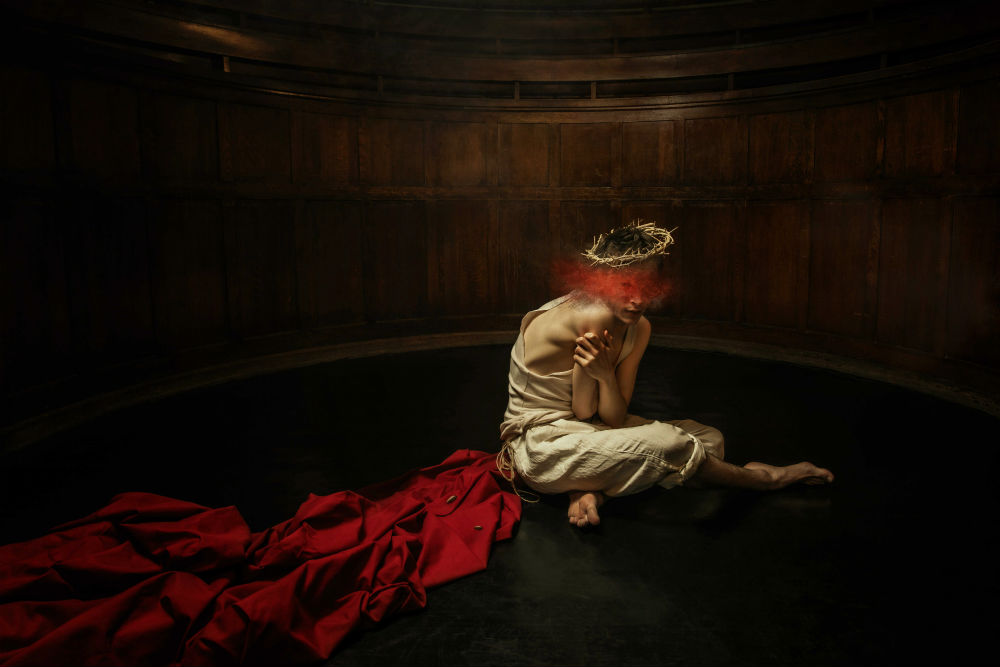
A solitary boot. A few names and dates. These are the beginnings of the tale of Bobby Awl. [star rating =3/5]
Brian Catling’s debut play Resurrecting Bobby Awl attempts to revive the memory of one of Victorian Edinburgh’s forgotten local heroes. Bobby Awl – actual name Robert Kirkwood – was born disabled and deformed at the tail end of the 18thcentury. Like many other differently-abled people at the time, Bobby ended up homeless and abandoned by his family.
Although he went on to become something of a local celebrity in the slums of early 19th-century Edinburgh, it wasn’t enough to prevent his early death at the age of 22.
His story does not end there, though, thanks to the famed “Resurrectionists” Burke and Hare…
Avalon and BBC Arts’ production is an admirable attempt to ensure that Bobby, and others like him, will not be entirely erased from Scotland’s history. Leaning heavily into the story’s grim Victorian trappings, through antiquated language and props, this minimalist production at first appears to be a modern day penny dreadful.
However, this is balanced by the clear humanity with which Bobby’s story is told.
Bobby Awl himself never appears in the play. Instead he is represented through tableaux and narration by our performers using props. This underscores the tragedy at the heart of the story: that all that remains of a human life are the stories told by the ones who remembered him and passed them down to others.
The cast makes inventive use of the macabre atmosphere of Summerhall’s anatomy lecture theatre to drive home the reality of this man’s extraordinary life.
Seated on raised wooden benches looking down on the performers, it is as if the audience is being invited to judge Bobby just as his contemporaries would have done. The effect is striking and acts as yet another nod to how closely the story of Bobby Awl is bound with the city of Edinburgh.
While the production clearly has heart, and enthusiasm for its subject, Resurrecting Bobby Awl suffers some minor issues in its execution. Uneven pacing and the fact that its story is so obscure that audiences should probably read up on it beforehand unfortunately mean that this is a play which might find it difficult to transition beyond The Edinburgh Fringe Festival.
However the ingenuity of the cast and the play’s unique connection to local history make this a worthwhile watch for those seeking an unvarnished look into Edinburgh‘s past.
